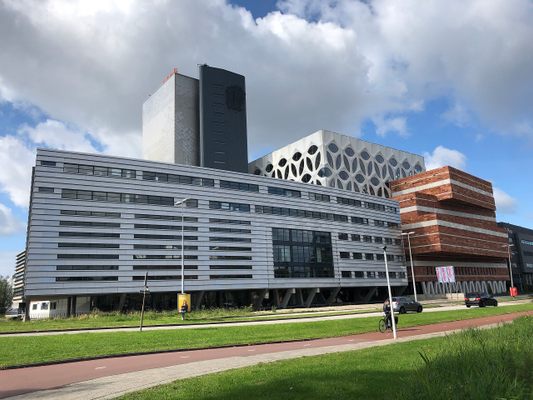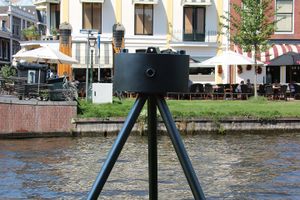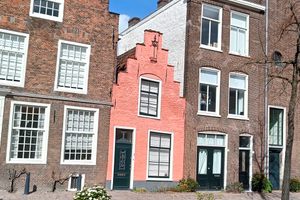About
We find a small park not far from the central station of Leiden that has one small building on it, standing next to the shore of a small lake. Most people would not give the place a second glance, but an interesting story is tied to it, as this was once the retirement home of the world's first transgenic animal.
Stier Herman (Herman the Bull) was the result of a 1990 Dutch experiment. A total of 1,154 cow egg cells were fertilized and then genetically modified. Of those cells, 981 survived the treatment, and 129 were transferred into surrogate animals. This resulted in only 21 pregnancies, 16 of which resulted in the birth of live calves. Only one of the bulls that were born was transgenic, a bull called Herman.
The goal of the project was to create a genetically modified bull whose female offspring would have a human anti-inflammatory protein in their milk, making it suitable for human infants to consume. After much debate, Pharmina (the company that created Herman) was allowed to let him breed. Unfortunately, the results were less than optimal: the cows that came from Herman's line did produce the protein, but in such small quantities that it was not feasible to harvest. This made Herman a theoretical success, rather than a practical one.
In 1996, it was decided that Herman had to be killed, but this resulted in heavy protests. Eventually, the Dutch Minister of Agriculture gave the company permission to let Herman live, but only if he had no further offspring. Three years later, the funding for Herman's upkeep ran out, and a quest for a new home began. Naturalis Biodiversity Center in Leiden offered to house Herman in a small field behind their museum. They built him a stable and planned to make the bull a part of the museum's educational offerings. Herman lived at the museum for just two years—in 2004, he was euthanized after suffering from a bad case of arthritis.
Today, only Herman's hide is on display at the museum. His vacant former stable was eventually was converted to a cafe. The building keeps a reference to its past by calling itself De Stal (the stable) and having Herman's head as a logo.
Related Tags
Know Before You Go
Check the website for opening hours
Published
February 1, 2022


































